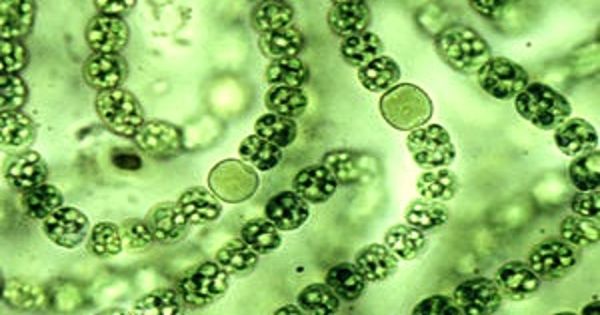A fusion gene is a combination of two previously independent genes. It is caused by the erroneous joining of two previously separate genes. This fusion can occur as a result of a variety of genetic events, including chromosomal translocations, deletions, or inversions. It can be caused by a translocation, an interstitial deletion, or a chromosomal inversion. When two genes fuse, a chimeric gene is formed, which encodes a fusion protein with altered or novel functions.
Chromosomal translocations, in particular, play an important role in the formation of fusion genes. Translocations are the exchange of genetic material between non-homologous chromosomes. When two genes translocate, their coding sequences can fuse, resulting in a hybrid or chimeric gene.
Fusion genes have been discovered to be prevalent in all major types of human neoplasia. The identification of these fusion genes plays an important role in being a diagnostic and prognostic marker. These have been linked to the development of a variety of diseases, including certain types of cancer. Fusion genes can form in cancer as a result of genetic mutations and contribute to the transformation of normal cells into cancerous cells. The fusion proteins produced by these genes may have altered functions that promote uncontrolled cell growth or inhibit normal cellular processes.
One well-known example of a fusion gene is the BCR-ABL1 fusion gene, which is associated with chronic myeloid leukemia (CML). In this case, a translocation between chromosomes 9 and 22 results in the fusion of the BCR (breakpoint cluster region) gene on chromosome 22 with the ABL1 (Abelson murine leukemia viral oncogene homolog 1) gene on chromosome 9. The resulting BCR-ABL1 fusion gene produces a chimeric protein with constitutive tyrosine kinase activity, leading to uncontrolled cell proliferation.
The study of fusion genes is critical for understanding the molecular mechanisms underlying various diseases, and it can lead to new therapeutic targets. The detection of fusion genes is frequently important for cancer diagnosis, prognosis, and treatment planning. In research and clinical settings, molecular techniques such as fluorescence in situ hybridization (FISH), polymerase chain reaction (PCR), and next-generation sequencing (NGS) are commonly used to identify and characterize fusion genes.
















